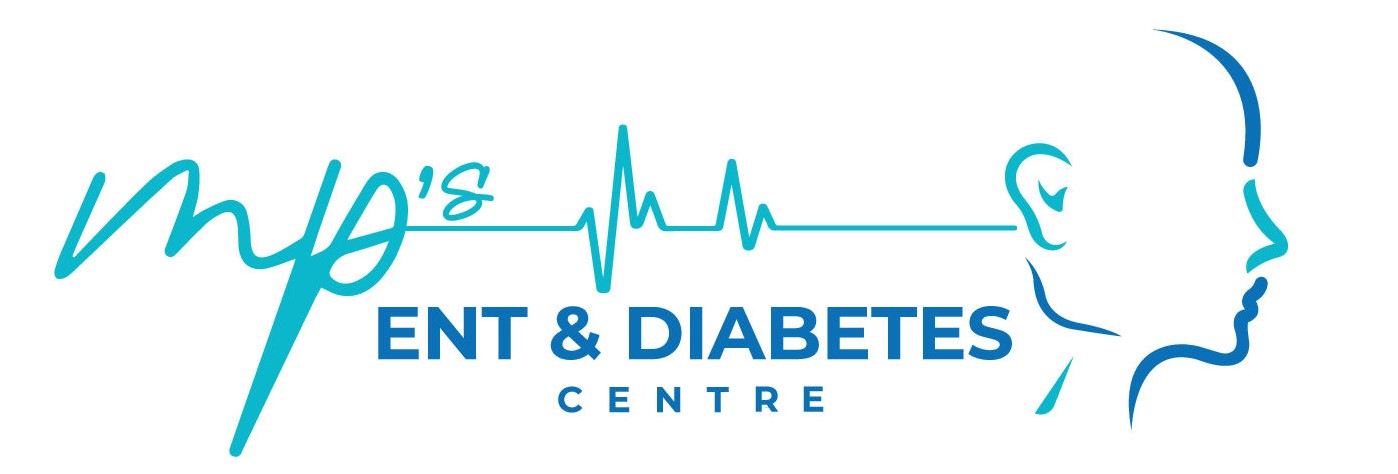Services > Snoring & Sleep Apnea Treatment
Snoring & Sleep Apnea Treatment
🔥 1. What is Snoring?
Snoring is the sound produced by vibrating tissues in the airway during sleep. It occurs when airflow is partially blocked, causing the tissues in the throat, soft palate, and tongue to vibrate.
✅ Occasional Snoring:
- May be caused by temporary factors like nasal congestion, alcohol consumption, or sleeping position.
✅ Chronic Snoring:
- Often linked to sleep apnea or structural airway issues.
🔎 2. What is Sleep Apnea?
Sleep apnea is a serious sleep disorder where breathing repeatedly stops and starts during sleep.
- It reduces oxygen levels in the blood, leading to fragmented sleep and potential health risks.
- Can cause daytime fatigue, heart problems, and poor quality of life.
✅ Types of Sleep Apnea:
- Obstructive Sleep Apnea (OSA):
- Most common type.
- Caused by airway collapse or blockage.
- Central Sleep Apnea (CSA):
- Less common.
- The brain fails to send proper signals to the muscles that control breathing.
- Complex Sleep Apnea Syndrome:
- A combination of OSA and CSA.
💡 3. Symptoms of Snoring & Sleep Apnea
✅ Snoring Symptoms:
- Loud, chronic snoring
- Interrupted breathing (observed by a partner)
- Gasping or choking sounds during sleep
- Dry mouth or sore throat upon waking
- Restless sleep
✅ Sleep Apnea Symptoms:
- Pauses in breathing during sleep
- Daytime sleepiness or fatigue
- Morning headaches
- Difficulty concentrating
- Mood changes (irritability, depression)
- High blood pressure (in severe cases)
- Decreased libido
🔥 4. Risk Factors for Snoring & Sleep Apnea
- Obesity: Excess weight can narrow the airway.
- Neck circumference: Larger necks increase airway resistance.
- Alcohol consumption: Relaxes throat muscles, increasing airway collapse.
- Smoking: Causes inflammation and airway swelling.
- Nasal congestion: Blocks airflow and worsens snoring.
- Sleep position: Sleeping on the back promotes airway obstruction.
- Family history: Increases the risk of sleep apnea.
- Age and gender:
- More common in men and older adults.
🔍 5. Diagnosis of Snoring & Sleep Apnea
Your healthcare provider will use several methods to diagnose snoring and sleep apnea:
✅ A) Medical History & Physical Exam:
- Symptom assessment: Snoring patterns, sleep disturbances, and daytime fatigue.
- Physical examination:
- Enlarged tonsils, nasal congestion, or a deviated septum.
✅ B) Sleep Study (Polysomnography):
- Overnight sleep monitoring in a sleep lab.
- Measures:
- Brain activity (EEG)
- Breathing patterns
- Oxygen levels
- Heart rate
- Body movements
✅ C) Home Sleep Apnea Test (HSAT):
- A simplified test performed at home.
- Measures oxygen levels, airflow, and breathing patterns.
- Less accurate but convenient.
✅ D) Imaging Tests:
- X-rays, CT scans, or MRI:
- Identifies structural abnormalities (e.g., nasal polyps, enlarged adenoids, or a deviated septum).
✅ E) Epworth Sleepiness Scale:
- A questionnaire to assess daytime sleepiness.
🔥 6. Treatment Options for Snoring & Sleep Apnea
✅ A) Lifestyle Changes for Mild Snoring & Sleep Apnea
- Weight loss:
- Reduces excess fat around the neck and improves airflow.
- Sleep position therapy:
- Sleep on your side instead of your back.
- Avoid alcohol and sedatives:
- Reduces muscle relaxation and airway collapse.
- Use a humidifier:
- Keeps the airway moist and reduces congestion.
- Nasal strips or dilators:
- Improve airflow and reduce snoring.
🔥 B) Medical Devices & Therapy
✅ 1. Continuous Positive Airway Pressure (CPAP):
- Gold-standard treatment for sleep apnea.
- A machine delivers a continuous stream of air through a mask to keep the airway open.
- Benefits:
- Reduces snoring and prevents apnea episodes.
- Improves oxygen levels and sleep quality.
- Challenges:
- May cause discomfort or dryness initially.
- Requires consistent use for effectiveness.
✅ 2. Bilevel Positive Airway Pressure (BiPAP):
- Used for more severe sleep apnea or when CPAP is not tolerated.
- Provides two different air pressure levels:
- Higher during inhalation.
- Lower during exhalation.
✅ 3. Oral Appliance Therapy (OAT):
- Custom-fitted dental devices.
- Repositions the jaw to prevent airway collapse.
- Best for mild to moderate OSA or snoring.
- More comfortable than CPAP but less effective for severe apnea.
✅ 4. Inspire Therapy (Hypoglossal Nerve Stimulation):
- Implantable device for moderate to severe OSA.
- Stimulates throat muscles to prevent collapse.
- Controlled by a remote device.
- Minimally invasive and effective.
✅ 5. Expiratory Positive Airway Pressure (EPAP) Devices:
- Small, disposable devices placed over the nostrils.
- Creates resistance during exhalation to keep the airway open.
- For mild to moderate sleep apnea.
⚡ C) Surgical Treatment Options
For severe or treatment-resistant cases, surgery may be recommended:
✅ 1. Uvulopalatopharyngoplasty (UPPP):
- Removes excess tissue from the soft palate and throat.
- Enlarges the airway to reduce obstruction.
✅ 2. Septoplasty & Turbinate Reduction:
- Corrects a deviated septum.
- Improves nasal airflow and reduces snoring.
✅ 3. Tonsillectomy & Adenoidectomy:
- Removes enlarged tonsils or adenoids causing airway blockage.
- Common in children with sleep apnea.
✅ 4. Maxillomandibular Advancement (MMA):
- Moves the upper and lower jaw forward.
- Enlarges the airway.
- Effective for severe OSA.
✅ 5. Radiofrequency Ablation (RFA):
- Minimally invasive procedure.
- Uses radiofrequency energy to shrink soft tissue.
- Reduces snoring and mild sleep apnea.
🔥 7. Complications of Untreated Sleep Apnea
If left untreated, sleep apnea can lead to:
- High blood pressure (hypertension)
- Heart disease and arrhythmias
- Stroke or transient ischemic attacks (TIAs)
- Type 2 diabetes
- Daytime fatigue and drowsiness (increasing accident risk)
- Memory and concentration issues
- Mood disorders (depression or anxiety)
✅ 8. Prevention Tips
- Maintain a healthy weight:
- Reduces fat around the airway.
- Exercise regularly:
- Improves muscle tone and reduces snoring.
- Avoid alcohol and sedatives:
- Prevents airway relaxation.
- Sleep on your side:
- Reduces airway obstruction.
- Use nasal strips or humidifiers:
- Enhances airflow and reduces snoring.
